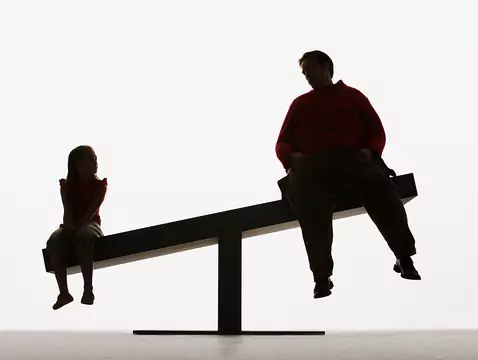In most cases, the condition appears between the ages of one and five. However, strabismus can also affect older children - they are at risk of developing it until the age of eight, that is, until the ability to see properly with both eyes is fully developed. A strabismus can also be congenital - present right after birth or appearing soon afterwards. It is worth remembering, however, that it does not necessarily indicate an actual condition.
It happens that new-born babies have a divergence of the eyes, which is connected with underdevelopment of the ability to see, but which may disappear as the child grows, says ophthalmologist Alicja Dreksler-Tkacz from the Weiss Klinik hospital in Chorzów.
Symptoms of strabismus
In most cases, the problem is easy to spot - the child does not look directly ahead with one eye. Sometimes the change is not so pronounced, so it is important to pay attention to other symptoms, such as closing the affected eye or tilting the head so that the healthy eye can be closer to the object under observation. The cure for strabismus depends largely on making a correct diagnosis as early as possible - because it is important to remember that children do not "grow out" of strabismus.

The cause of strabismus may be a weakening of the muscles that allow the eyes to move in different directions, or a one-sided overstrain of these muscles. Disorders of the muscular apparatus are usually the result of several elements. These include genetic factors, refractive defects (especially farsightedness, which causes the child to 'strain' the eyes to see something at close range) or physiological problems within the optical system. In a small number of cases, the brain may be responsible for the occurrence of strabismus, as it is unable to coordinate the normal functioning of the eyeballs.









